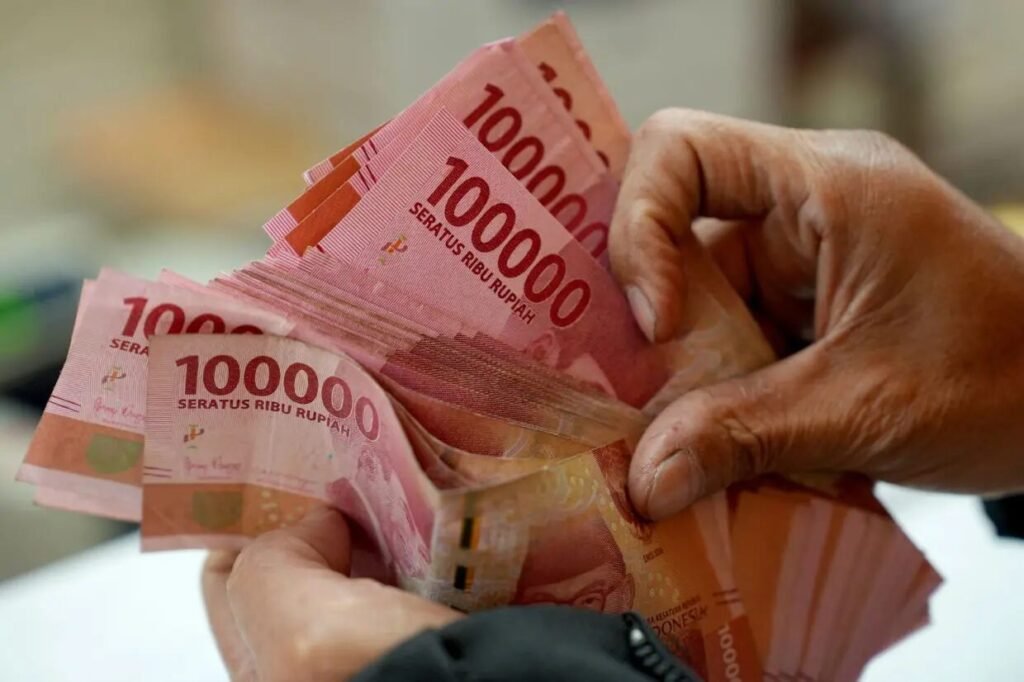Day Trading Indonesia: To begin, let’s define what day trading looks like for Indonesian traders. Day trading is all about speed—traders buy and sell assets within the same day, often within hours or even minutes. Whether you’re trading stocks on the Indonesia Stock Exchange (IDX), currency pairs like USD/IDR, or digital assets via Indonesian crypto platforms, the goal is to profit from intraday price changes. In recent years, improved internet infrastructure and user-friendly trading apps have made day trading more accessible across Indonesia. But success in day trading doesn’t just come from having the tools—it also requires the ability to think and act fast, while managing risks and emotions in real time.
Day Trading Indonesia: Learn the Basics of Swing Trading
Next, consider swing trading. This strategy is less about quick entries and exits and more about timing larger moves in the market. Swing traders typically hold positions for several days or even a few weeks. In Indonesia, this is often a more comfortable approach for people who work full-time, attend university, or simply prefer a less intense trading schedule. With swing trading, you’re not trying to beat the clock; instead, you’re trying to understand the bigger picture. Tools like trendlines, volume analysis, and RSI/MACD indicators come into play here. By observing charts during evening hours or weekend planning sessions, many Indonesian traders find swing trading both manageable and rewarding.
Day Trading Indonesia: Compare the Time Commitment Required

Source: MYRKOTHUM
A key consideration is how much time you can realistically commit to trading. Day trading demands several hours of screen time every day. You need to monitor the markets continuously, respond to real-time developments, and make decisions quickly. If you’re in a job that allows for flexible hours or you’re considering trading full-time in Indonesia, this might be feasible. On the other hand, swing trading lets you participate without being glued to your screen. You can set trade alerts, use limit/stop orders, and check the markets just once or twice a day. For many Indonesian traders living outside urban centers or juggling other commitments, this flexibility is essential.
Day Trading Indonesia: Evaluate the Emotional Pressure of Each Method

Source: ITI
Before choosing a strategy, think about how you handle stress. Day trading can be mentally intense. Watching prices fluctuate rapidly and making quick calls can lead to emotional fatigue—especially during losing streaks. If you’re someone who gets anxious under pressure, day trading might test your limits. Swing trading, by contrast, involves more planning and less reaction. You’re not watching every tick or trying to win several trades a day. This slower pace helps many Indonesian traders stay emotionally grounded and less prone to panic or impulsive decisions.
Understand the Profit Potential and Trade Frequency

Source: The Star
Both strategies can be profitable, but they work differently. Day traders aim for frequent small profits, which add up—provided they control costs like spreads and commissions. In Indonesia, where brokers may charge per trade or widen the spread during volatile times, this can affect performance. Swing traders aim to catch bigger moves with fewer trades. They may place one or two trades a week, focusing more on quality than quantity. For those who don’t want to spend time managing dozens of trades per month, swing trading may offer a more scalable approach.
Match the Strategy to Forex Trading in Indonesia

Source: IG
If your focus is forex trading, both styles are valid in the Indonesian context—but they suit different trader profiles. Day trading forex requires keeping tabs on news releases, central bank policy (especially Bank Indonesia), and price volatility. Traders often monitor shorter timeframes like the 5-minute or 15-minute chart. Swing traders, on the other hand, rely on daily or 4-hour charts and plan around broader market trends. If you prefer not to react immediately to every headline, swing trading allows you to stay in the market while giving yourself more room to breathe and analyze.
Choose Based on Your Lifestyle and Personality
Now that you’ve reviewed the fundamentals, it’s time to match a strategy to your personality. If you thrive in fast-paced environments, love real-time decision-making, and have the hours to dedicate, day trading may suit you well. But if you prefer structure, planning, and a bit more breathing room in your daily life, swing trading might be a better fit. In Indonesia, where schedules, connectivity, and lifestyles vary widely, the ideal approach depends on what you can do consistently and confidently. It’s not about copying someone else’s success—it’s about building your own.
Explore a Hybrid Style (Optional)
You’re not limited to choosing just one style. Many experienced traders in Indonesia adopt a hybrid approach. They might trade forex intraday during busy market sessions, while holding longer-term swing positions in stocks or commodities. To do this effectively, you’ll need to organize your strategies separately and apply different risk management rules. It takes more effort, but for those who enjoy variety and can balance time well, this can be a productive way to gain the benefits of both worlds.
Final Step: Apply What You’ve Learned and Start Small
Whichever path you choose—day trading Indonesia or swing trading—start small and stay patient. The learning curve in both styles is steep, and success requires not just strategy, but consistency and self-control. Many Indonesian traders find it useful to paper trade (practice with virtual funds) before going live. Others begin with a swing trading mindset and gradually shift to day trading as they become more confident. Whatever your path, remember: it’s not about trading fast—it’s about trading well, with a method that suits your goals, lifestyle, and risk tolerance.




